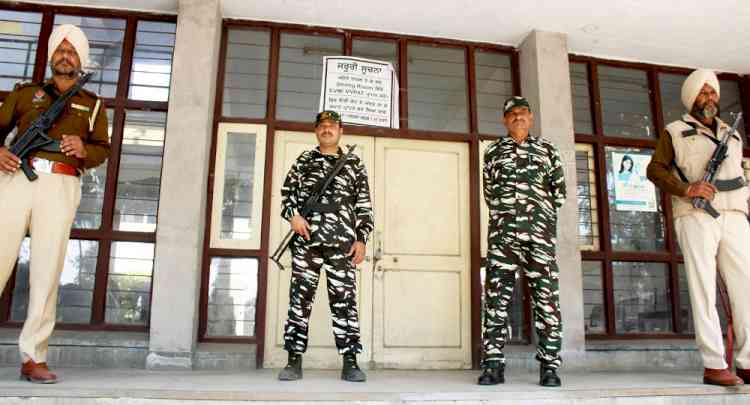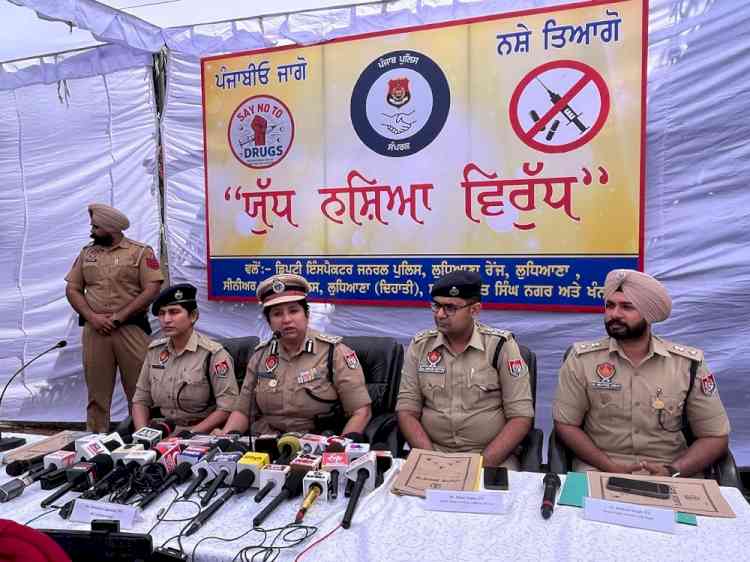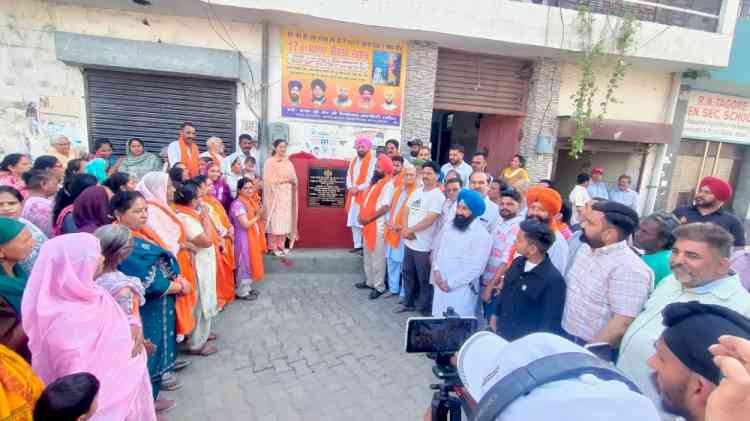Amidst multi-cornered contest in Punjab, counting of ballots begins
Amidst the multi-cornered contest in Punjab, the counting of ballots for the 117-member Legislative Assembly began on Thursday morning with three-tier security system in place.

Chandigarh, March 10 (IANS) Amidst the multi-cornered contest in Punjab, the counting of ballots for the 117-member Legislative Assembly began on Thursday morning with three-tier security system in place.
The polls for 117 constituencies were held on February 20 and a total 1,54,69,618 voters exercised their right to franchise.
The election results can be obtained from the official website of CEO Punjab -- ceopunjab.gov.in or results.eci.gov.in. Also, results can also be obtained from voter helpline mobile application.
As per exit polls, the Arvind Kejriwal-led Aam Aadmi Party (AAP) is emerging as a major contender, while the Congress is struggling hard to retain power.
Counting of ballots started simultaneously at 8 am at 117 centres in 66 locations, Chief Electoral Officer S. Karuna Raju told the media here.
He said the three-tier security measures have been set up with the deployment of 45 companies of Central Armed Police Forces (CAPF) at all the counting centres. As many as 7,500 personnel were deputed across the state.
A total of 1,304 candidates, including 93 women and two transgenders, were in the fray.
The state recorded a voter turnout of 71.95 per cent, the lowest percentage compared to the voting percentage in three previous Assembly polls.
In the 2017 Assembly polls, the voting percentage recorded was 77.4. The percentage in 2007 and 2012 was 75.45 and 78.20, respectively. In the 2002 elections, the voting percentage was 65.14.
In the fray are three prominent parties -- the ruling Congress, the AAP and the Sanyukt Samaj Morcha, and two alliances -- the SAD-BSP and the BJP-Punjab Lok Congress (PLC).
In the 2017 Assembly elections, the Congress had won an absolute majority by winning 77 seats in the 117-member Assembly and ousted the SAD-BJP government after 10 years.
The AAP had emerged as the second-largest party, winning 20 seats.
Shiromani Akali Dal (SAD) won 15 seats, while the BJP, which had a coalition government with the Akali Dal in Punjab from 2007 to 2017, secured three seats.


 IANS
IANS 








